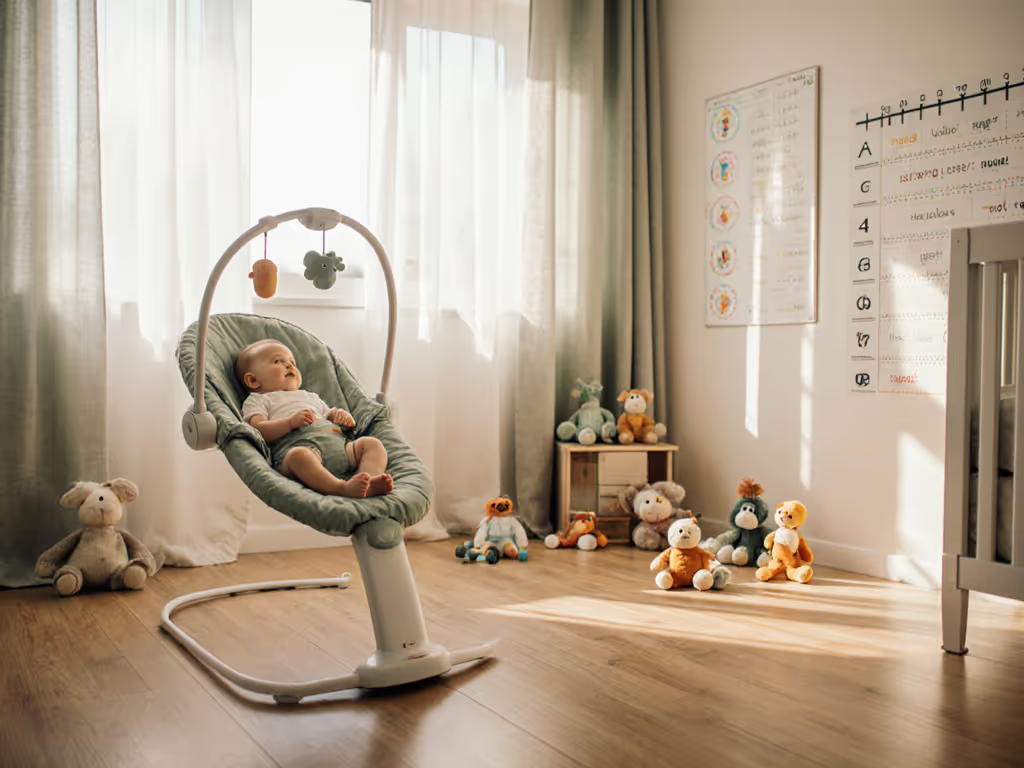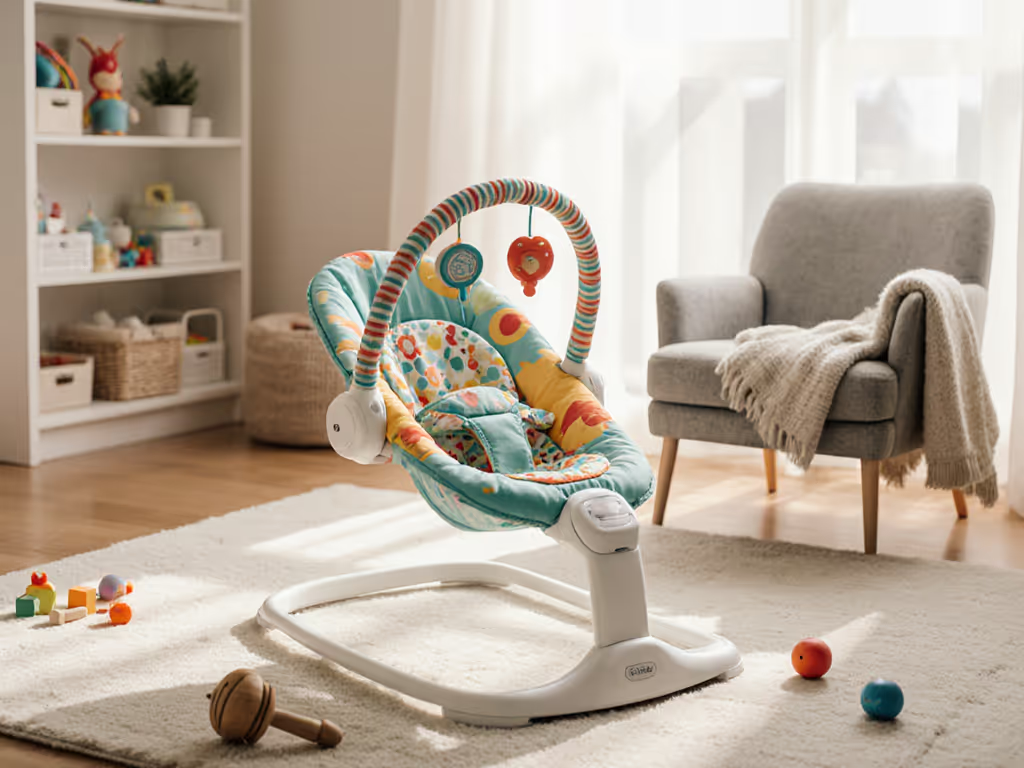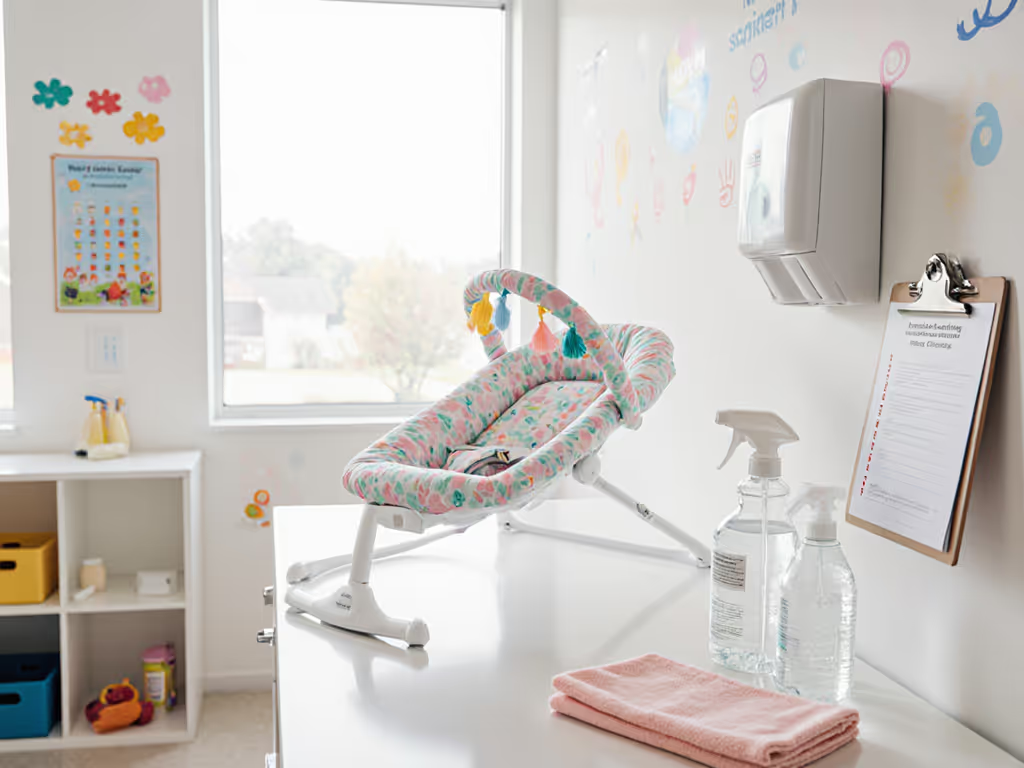
Custom Bouncer Routine for Your Baby's Temperament
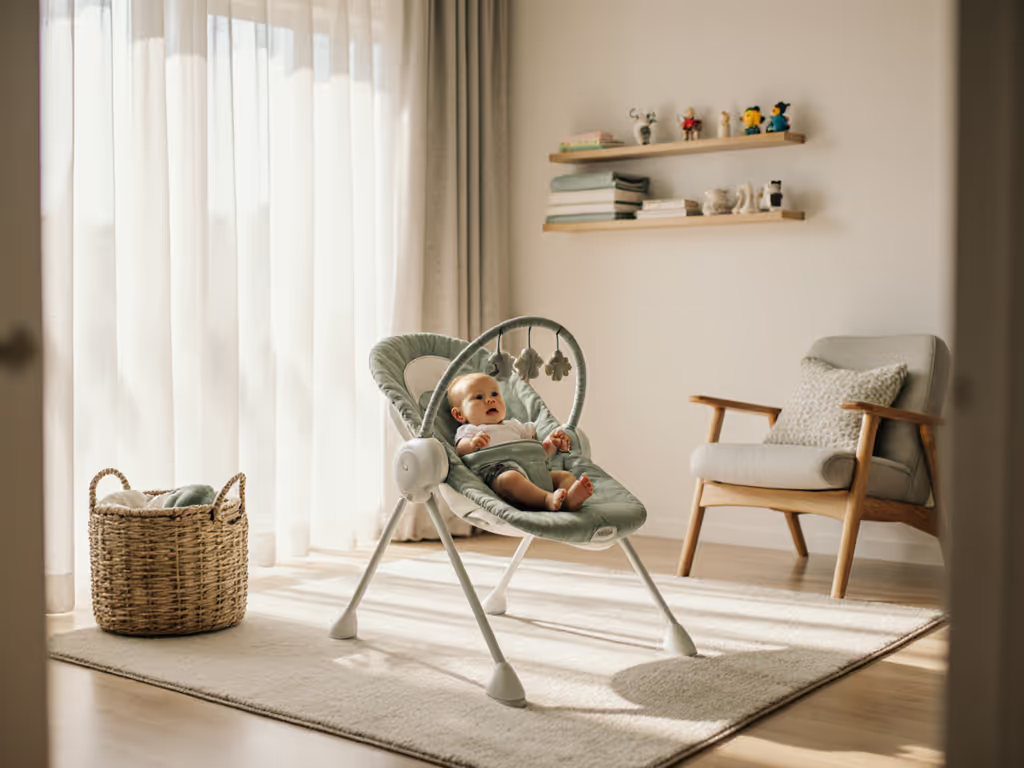
If you're navigating the maze of baby gear decisions, building a bouncer routine builder that matches your baby's unique temperament can save precious mental bandwidth. A thoughtful baby temperament bouncer schedule isn't just about soothing your infant, it's about creating predictable pockets of calm within your constrained living space while ensuring you're not wasting money on something that ends up as storage clutter. Today, we'll apply lifecycle calculus to your bouncer strategy, focusing on how to maximize utility without creating future clutter.
As a parent who tracked every minute of use in a one-bedroom walk-up where floor space was measured in square inches, I've seen how the right routine transforms a simple bouncer from a novelty item to a daily workhorse. When I chose a basic model with washable fabric and kept the box, I created a system that later resold in one day, proof that quiet beats clever when it comes to baby gear.
1. Temperament Mapping: Beyond the Basic "Fussy vs. Calm" Binary
Most guides categorize babies as "easy" or "difficult," but this oversimplifies the reality. Instead, conduct a 72-hour observation period tracking:
- Reactivity level (how strongly baby responds to stimuli)
- Adaptability (how quickly baby adjusts to transitions)
- Sensory preferences (response to light, sound, movement)
- Consolation patterns (what actually works when distressed)
This granular approach reveals whether your baby needs gentle rocking (low reactivity) versus vigorous bouncing (high reactivity), or whether they need a quiet, dark space versus engagement. The data informs your daily bouncer usage plan without relying on gimmicks. For a high-reactivity baby in our apartment, we discovered that minimal movement with consistent neutral tones worked better than toy bars with lights, creating a frictionless routine that didn't overwhelm our small space.
2. Space-Time Calculation: Matching Bouncer to Your Square Footage Reality
Before selecting any bouncer, calculate your available footprint using this formula:
Daily Value = (Square Feet Saved × Usage Frequency) ÷ Purchase Price
In my one-bedroom condo, this meant rejecting anything that couldn't fold flat or be stored under furniture. If space is tight, learn exactly what foldable bouncers offer and how they store. A unit requiring 4 square feet that costs $200 and gets used 3x/week has lower daily value than a $150 model occupying 2 square feet used daily. Factor in storage time too, when not in use, where does it live? If it blocks a doorway or takes >30 seconds to deploy/fold, it fails the compact storage test.
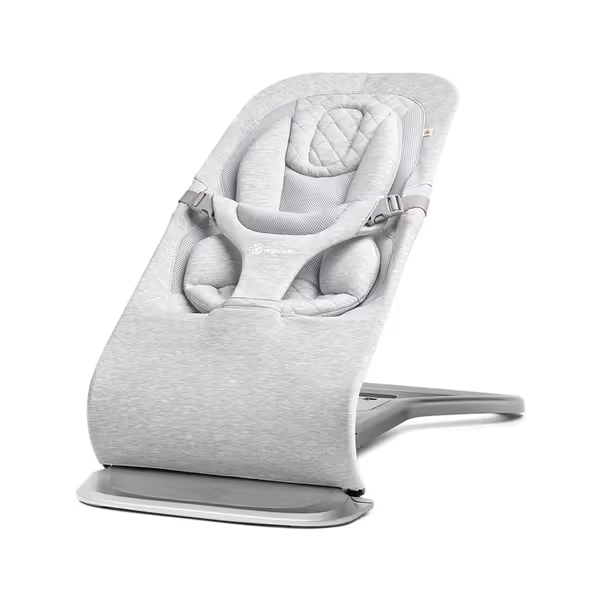
Ergobaby Evolve 3-in-1 Bouncer
3. The 20-Minute Rule: Scheduling with Developmental Precision
Multiple authoritative sources (WHO, AAP, NHS) consistently recommend limiting bouncer time to 20 minutes per session. But this isn't arbitrary, it aligns with infant attention spans and physical development needs. Create your custom bouncer routine by identifying natural breaks in your workflow:
- 15-minute morning transition (while you shower)
- Late morning reset (post-feeding, pre-lunch)
- Evening wind-down (during dinner prep)
"Quiet beats clever" applies doubly here. A sophisticated motorized unit with timer functions rarely outperforms a simple mechanical bounce that works without batteries or apps.
Track actual usage for one week, you'll likely discover your real need is 45-60 minutes total daily, not the "all-day" use many manufacturers imply. This reality check prevents overinvestment in features you won't use.
4. Cleaning Cycle Integration: The Unspoken Cost Factor
Your bouncer's true cost-per-use includes maintenance time. For step-by-step care, see our bouncer cleaning guide. Calculate:
True Cost = Purchase Price ÷ (Months of Use × 30 days)
Added Cost = (Cleaning Time × Hourly Wage) ÷ Total Uses
That seemingly affordable $120 bouncer with non-removable fabric becomes costly when you spend 20 minutes daily spot-cleaning versus 5 minutes for a machine-washable cover. In our apartment living situation, I prioritized washable, quick-dry fabrics, saving 10+ hours monthly. For parents in small spaces, active baby bouncer schedule planning must account for cleaning turnaround time between inevitable spit-up incidents.
5. Multi-Child Longevity Assessment: Planning Beyond Infancy
The most valuable bouncers serve through multiple developmental stages. Evaluate models using this timeline:
- Newborn phase (0-3 months): Requires supportive recline
- Interactive phase (4-6 months): Needs safe self-bouncing mechanism
- Toddler transition (7-12 months): Should convert to seated position
Models that skip any phase limit your return on investment. The unit I eventually resold maintained value because it worked from newborn through first words, giving us 10 months of daily use before finding a new home. Always check if replacement parts (straps, fabrics) are available; this dramatically extends usable lifespan and resale value.
6. Exit Strategy: When and How to Transition Out
Few guides address what happens when baby outgrows the bouncer. For detailed milestones and weight limits, see when to stop using a bouncer. Plan your exit using these triggers:
- Physical signs: Baby can pull upright unassisted
- Behavioral signs: Consistently tries to climb out
- Usage decline: <3 uses weekly for 2 consecutive weeks
Document condition meticulously (photos, usage hours, cleaning history). This creates frictionless resale, especially valuable in parent communities where trusted secondhand gear moves quickly. My apartment-sized bouncer fetched 70% of original price because I could prove moderate, careful use aligned with manufacturer guidelines.
7. The Resale Readiness Checklist
From the moment you unpack your bouncer, prepare it for eventual resale:
- Keep original box in under-bed storage
- Track usage hours in your phone notes
- Perform weekly safety checks (straps, frame integrity)
- Store in dry location away from direct sunlight
- Keep receipt for warranty claims
This creates a verifiable usage history that builds trust with future buyers. Quiet durability, not flashy features, determines what resells easily in parent groups. The unit that served us faithfully in our tiny apartment later helped another family precisely because it was buy once, use daily, resell easily (quiet and clean).
Your Action Plan
Start tomorrow by tracking your actual bouncer usage for 72 hours, note timestamps, duration, and cleaning needs. Then calculate your true cost-per-use with our simple formula. This data-driven approach eliminates guesswork and reveals whether your current setup delivers value or just occupies precious square footage. Next, audit your space to identify where a bouncer would integrate seamlessly into your existing workflow, not disrupt it. Remember, the goal isn't maximum bouncer time; it's strategic, developmentally appropriate usage that supports your baby while freeing your hands for what matters most.



